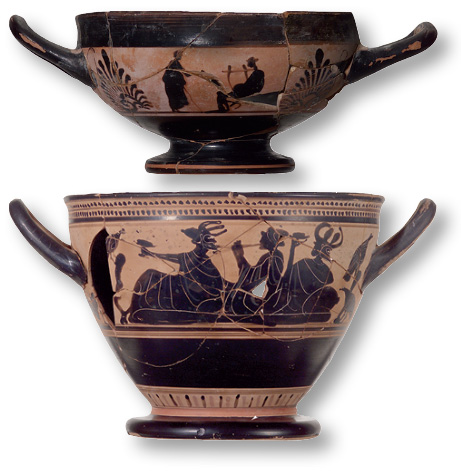
 This nearly exact replica of the original Mayflower is permanently docked in Plymouth Harbor, not far from where the original vessel first dropped anchor in December 1621.
This nearly exact replica of the original Mayflower is permanently docked in Plymouth Harbor, not far from where the original vessel first dropped anchor in December 1621.
Although the legendary “voyage of the Mayflower” is now enshrined in national lore, we actually don’t know much about it. William Bradford summarized the voyage in a couple of pages in his History of Plymouth Plantation, and almost everything we know about it comes from that brief account. We do know that the voyage of the Mayflower began as the voyage of the Mayflower and the Speedwell. Whereas the 180-ton Mayflower had been chartered by the London merchants who were financing the Pilgrims’ undertaking, the 60-ton Speedwell actually belonged to the Pilgrims, who had purchased it with an eye to using it for a fishing boat once they had relocated to America.
On August 5, 1620 the Speedwell and Mayflower
View original post 1,512 more words
 (American School of Classical Studies at Athens: Agora Excavations)
(American School of Classical Studies at Athens: Agora Excavations)




